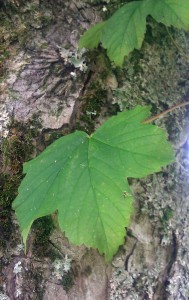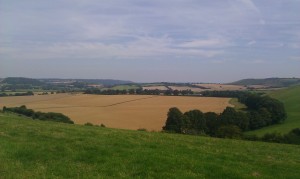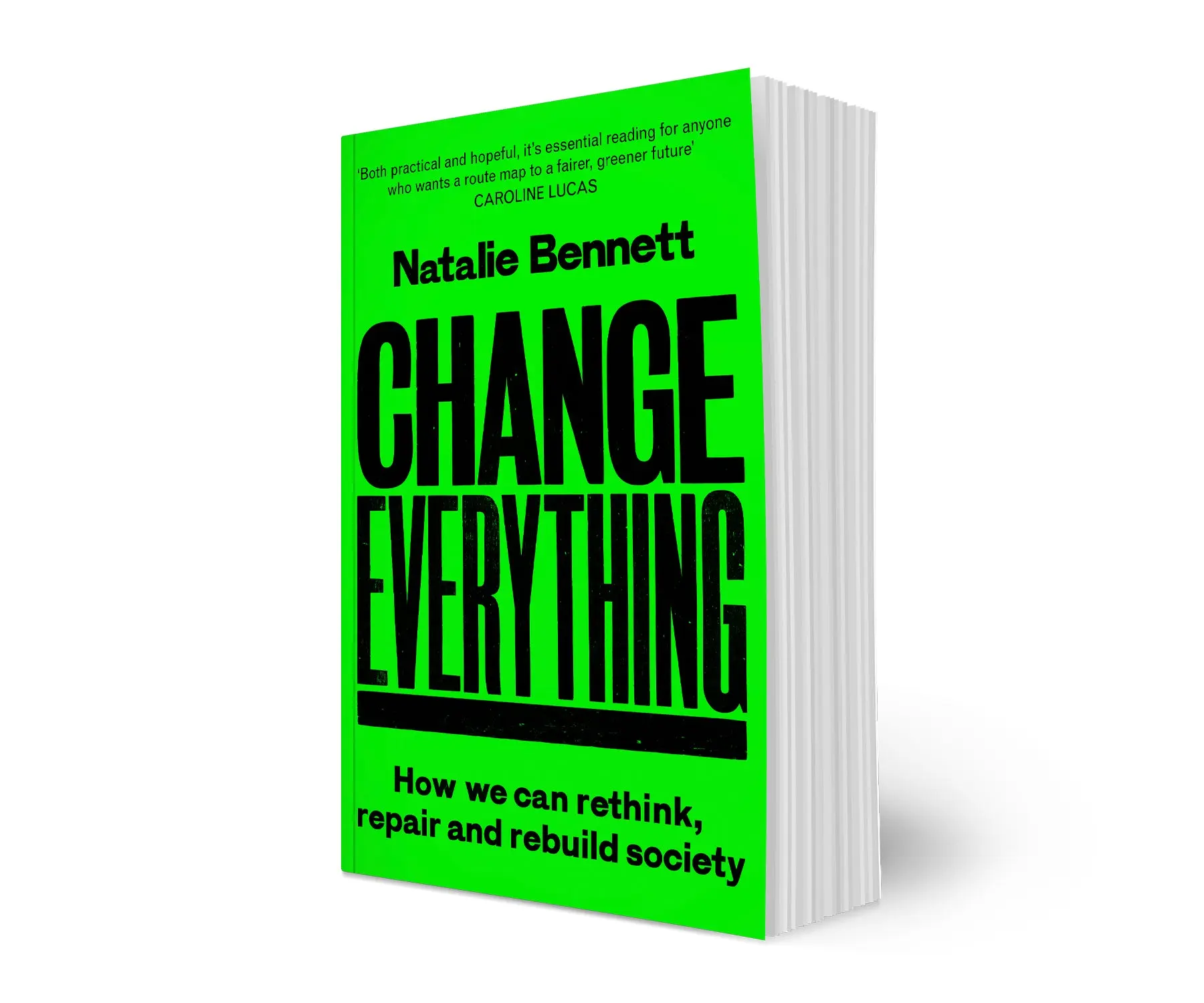Notes from a walk around the lovely Sustainability Centre on the South Downs, where I spent the weekend at the Little Green Gathering, led by David Hepper.
 Outside the hostel is a lovely short avenue of sycamores (leaves shaped like maples’), which despite having been introduced from North America is the second-best for British insects (best oaks).
Outside the hostel is a lovely short avenue of sycamores (leaves shaped like maples’), which despite having been introduced from North America is the second-best for British insects (best oaks).
They grow and spread well, helped by their winged ‘helicopter’ seeds, and the wood is excellent for carving and firewood.
The centre boasts a glorious stand of copper beech – the copper colour being a ‘sunscreen’ for the leaves – it doesn’t appear in the shaded low leaves.
 Beech is so effective in catching sunlight that there’s seldom any understory with a mature stand. Fungi often grows underneath and this is what breaks down the leaf litter so the trees can reuse the nutrients. Beech nuts (which have four seeds in each pod) were an important part of pannage, the common grazing for pigs. The wood is easy to work and inside will last more or less forever.
Beech is so effective in catching sunlight that there’s seldom any understory with a mature stand. Fungi often grows underneath and this is what breaks down the leaf litter so the trees can reuse the nutrients. Beech nuts (which have four seeds in each pod) were an important part of pannage, the common grazing for pigs. The wood is easy to work and inside will last more or less forever.
Beech was probably introduced by the Romans. It likes southeast England – and does well on chalk and limestone soils, which oaks aren’t keen on. Ash won’t grow without a decent loam.
 Ash has a pinate leaf (this is just one leaf) and has sooty grey buds at the junction of leaves. It is reasonably quick growing and can get enormous – up to 13m in circumference around the base.
Ash has a pinate leaf (this is just one leaf) and has sooty grey buds at the junction of leaves. It is reasonably quick growing and can get enormous – up to 13m in circumference around the base.
Silver birch also grows here but it isn’t common – this is the very southern end of its range. Trees here are basically relics left after the last ice age. On lowland heathland it is effectively a pest – hard to control. It co a huge areas of Scandanavia, Russia, and northern Canada.
 Not a tree, but there’s lots of teasel growing here – as used in medieval times to comb wool. The leaves are arranged so as to collect water and it is rare in that flowering starts from the middle of the inflorescence, rather than the top or bottom, then spreads in both directions.
Not a tree, but there’s lots of teasel growing here – as used in medieval times to comb wool. The leaves are arranged so as to collect water and it is rare in that flowering starts from the middle of the inflorescence, rather than the top or bottom, then spreads in both directions.
Many of the buildings here are roofed with chestnut shingles – it splits well but needs to be
correctly seasoned if it isn’t going to curl up over time.
There was lots more, but this was an excellent intro to the ecology of the area, which really is notably beautiful.
Cycling home I saw two roe deer running across fields near the above – they were fleeing a hay-mower, and leaping the piles of hay. One large, one smaller, possibly a well grown youngster…
No pics, but there are some lovely ones from the area here.


 About
About